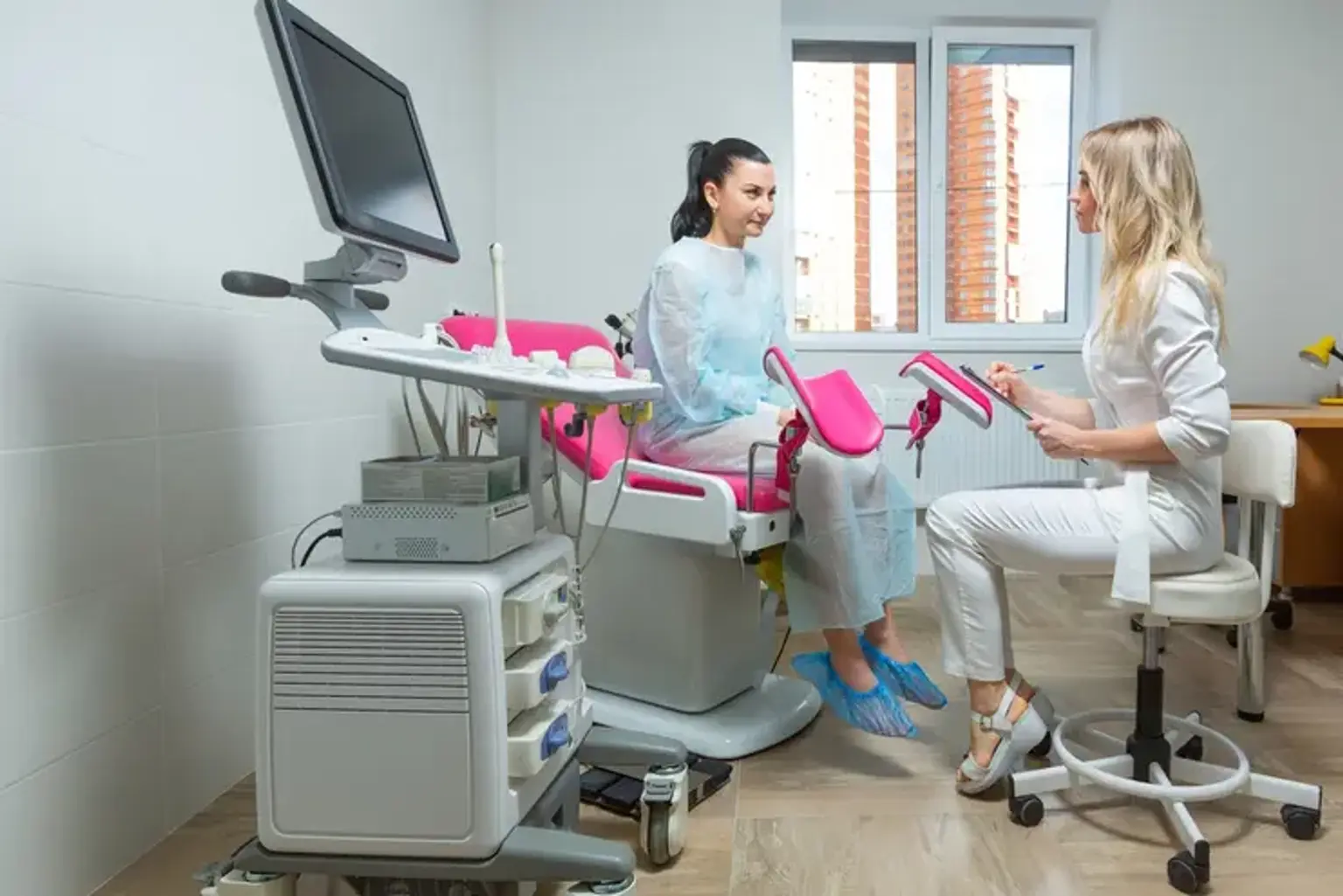Urogynecology
Overview
Urogynecology is a subspecialty of gynecology and obstetrics concerned with female pelvic medicine and reconstructive surgery. Urogynecologists are specialists who specialize in the diagnosis and treatment of pelvic floor diseases such as weak bladders and pelvic organ prolapse (your organs drop because the muscles are weak).
The bladder, reproductive system, and rectum are all housed on the pelvic floor. The field of urogynecology is relatively young. It did not exist prior to 2011. These health conditions were handled by a variety of professionals. For pelvic floor disorders, women frequently had to see many physicians.
In 2011, the American Board of Medical Specialties approved the certification making urogynecology its own field of study. This has made it easier for women to get the care they need without needing to see multiple doctors.
